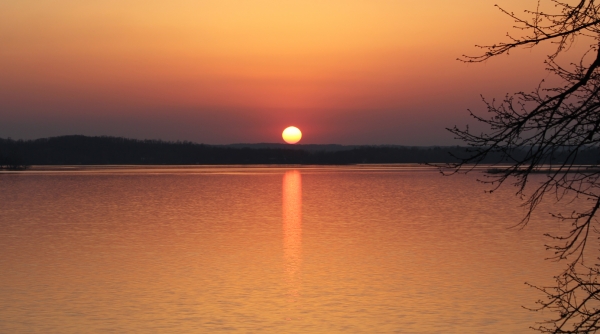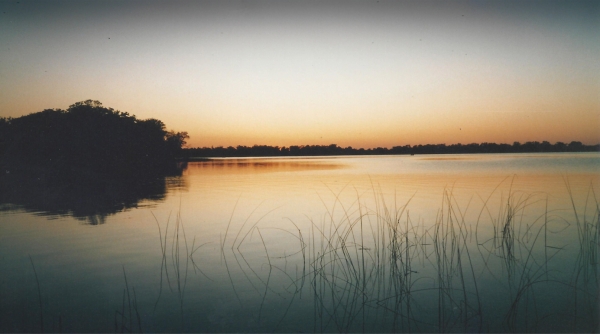Big Birch Lake Frequently Asked Questions (FAQ)
Fish Species according to the DRN: black bullhead, black crappie, bluegill, brown bullhead, crappie, green sunfish, hybrid sunfish, largemouth bass, Lepomis sp., northern pike, pumpkinseed, rock bass, smallmouth bass, tullibee (cisco), walleye, yellow bullhead, yellow perch, bowfin (dogfish), common carp, shorthead redhorse, white sucker, banded killifish, blackchin shiner, blacknose shiner, bluntnose minnow, brook silverside, brook stickleback, central mudminnow, common shiner, emerald shiner, fathead minnow, golden shiner, Iowa darter, Johnny darter, least darter, logperch, mimic shiner, mottled sculpin, spottail shiner, tadpole madtom.
Now, there are no special fishing regulations for Big Birch. In the past, there was a slot limit on northern. There are some recommendations about fish consumption from Big Birch. The most frequently mentioned problem is mercury and some fish species consumption is recommended just once a week. Check the DNR website for specifics.
The only species stocked in BBL is walleye, which have been stocked for the past nine years. All other reproduce naturally. The DNR has a schedule of stocking which has mostly been fry, three centimeters long.
The lake level is monitored by a member of the BBLA Board, who takes weekly measurements and reports to the DNR. The water level of BBL is controlled by the DNR with a dam on the short creek that flow between Big and Little Birch Lakes. There is natural fluctuation in the lake level determined mostly by rainfall and snow melt in the spring.
Zebra mussels were discovered in BBL in September of 2016. Their spread throughout the lake will determine how much damage they do to the body of water. The Big Birch Lake Association has worked intensely for years to prevent AIS from entering the lake but knew inevitably it would be the fate of this body of water too. The association continues to monitor the lake accesses during the summer to help prevent new species from entering the lake and zebra mussels from leaving to infest some other body of water. Unfortunately, there are worse invasive species than zebra mussels namely starry stonewort.
Water traffic is at its peak during the week of the Fourth of July. Weekends, of course, see higher traffic but generally fishing and other water traffic co-exist quite well on BBL.
BBL has three accesses that are maintained by the MN Department of Natural Resources: the upper bay access on the west shore, the Hunter’s Bay access and the one in Big Birch Lake State Forest Campground. There are three additional accesses maintained by townships. There is a north shore access maintained by Grey Eagle Township, a lower bay east shore access maintained by Millwood Township and an access on Stundebeck Bay also managed by Millwood Township.
Live Feed & Weather
Newsletter

January 2019 BBLA newsletterJANUARY, 2019

January 2019 BBLA newsletterJANUARY, 2019

January 2019 BBLA newsletterJANUARY, 2019

January 2019 BBLA newsletterJANUARY, 2019
Calendar
Contacts & Links
Contact The Big Birch Lake AssociationBig Birch Lake AssociationP.O. Box 342Grey Eagle, Minnesota 56336Email: [email protected] Of Big Birch Lake Nomination FormShoreland Overlay District Summary
LINKS / FORMS











